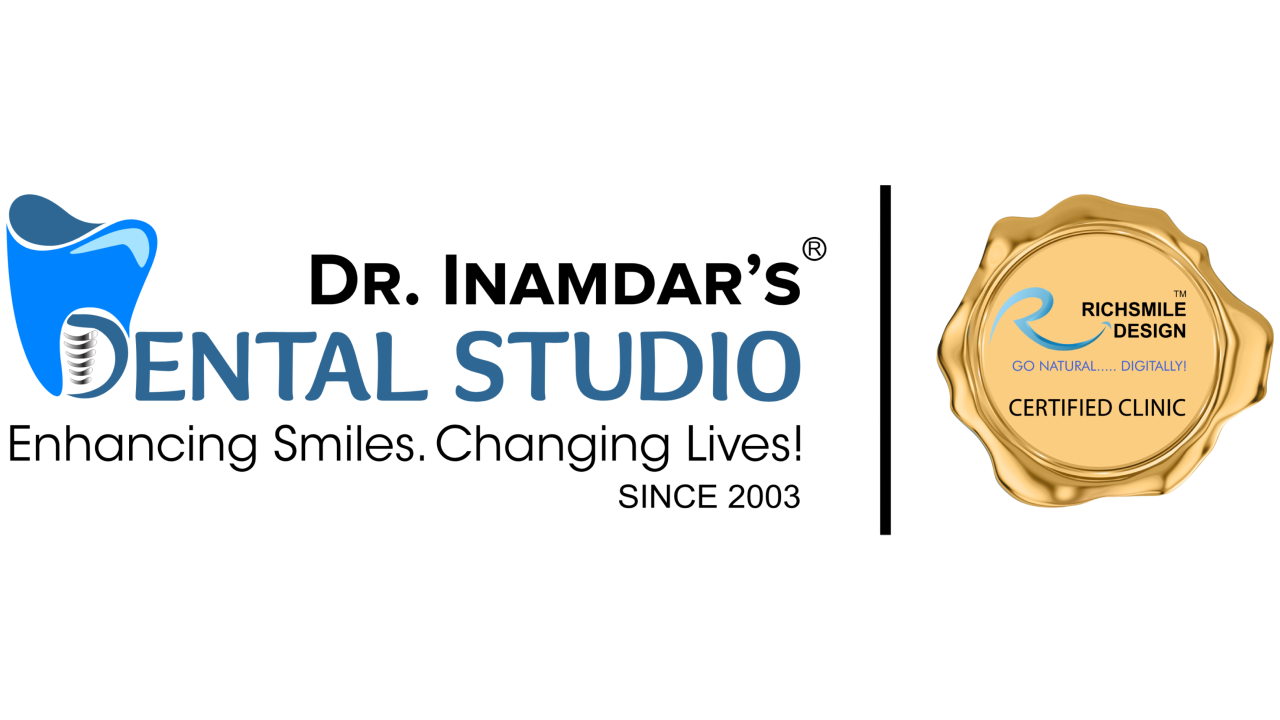Magnification
Clear Aligner, Invisible Braces
The Power of Dental Magnification: Enhancing Precision and Quality
In the world of dentistry, precision is paramount. Dentists are tasked with performing intricate procedures within the confined spaces of the oral cavity, where even the slightest error can have significant consequences. To achieve excellence in dental procedures, many professionals have turned to a remarkable tool: dental magnification. In this article, we will explore the benefits, applications, and advancements in dental magnification technology.
Understanding Dental Magnification
What is Dental Magnification?
Dental magnification involves the use of specialized optical equipment, such as loupes and dental microscopes, to magnify the view of the oral cavity during dental procedures. These magnification tools offer varying levels of zoom, enabling dentists to see minute details with remarkable clarity.
The Evolution of Dental Magnification
Dental magnification has come a long way from the early days of simple magnifying glasses. Modern dental magnification tools incorporate advanced optics and illumination systems, providing dentists with an unparalleled view of their workspace.
Advantages of Dental Magnification
Enhanced Precision
One of the primary benefits of dental magnification is the ability to perform procedures with unmatched precision. Dentists can identify and address issues that may have otherwise gone unnoticed, resulting in higher-quality outcomes.
Improved Ergonomics
Using magnification tools also promotes better posture and reduces strain on the dentist’s neck and back. This ergonomic improvement leads to increased comfort during lengthy procedures, ultimately benefiting both the patient and the practitioner.
Better Patient Communication
Dental magnification facilitates improved patient education. Dentists can show patients exactly what they are addressing and explain treatment plans more effectively, leading to greater patient trust and compliance.
Applications of Dental Magnification
Restorative Dentistry
In restorative dentistry, dental magnification aids in precision during tasks such as cavity preparations, crown placements, and root canal treatments. The improved accuracy results in longer-lasting restorations.
Periodontics
Dental hygienists and periodontists use magnification to detect and treat gum diseases more effectively. Scaling and root planing procedures benefit from the enhanced visibility provided by magnification tools.
Endodontics
Endodontists rely on dental microscopes for intricate procedures within the tooth’s root canals. This level of precision is crucial for successful root canal therapy.
The Role of Technology
Digital Integration
Modern dental magnification tools can be seamlessly integrated with digital imaging systems, allowing for real-time documentation and analysis of procedures. This aids in treatment planning and patient records management.
3D Imaging
Some advanced magnification systems offer 3D imaging capabilities, which can be invaluable for complex surgical procedures and dental implant placements. The depth perception provided by 3D imaging enhances accuracy.
Choosing the Right Magnification
Customization
Selecting the appropriate level of magnification is essential. Dentists should consider their specific practice needs and the types of procedures they commonly perform.
Ergonomics
Ergonomics play a significant role in magnification selection. Comfort and reduced strain should be top priorities to ensure long-term use.
Conclusion
Dental magnification has revolutionized the field of dentistry by elevating precision, improving ergonomics, and enhancing patient communication. As technology continues to advance, we can expect even more innovative solutions to further improve dental care.
FAQs
1. Are dental loupes and dental microscopes the same thing?
No, they are not the same. Dental loupes are eyewear with magnifying lenses, while dental microscopes are standalone optical instruments.
2. Can dental magnification be used in pediatric dentistry?
Yes, dental magnification can be adapted for use in pediatric dentistry to ensure accuracy and minimize discomfort for young patients.
3. Are dental magnification tools expensive?
The cost of dental magnification tools varies depending on the brand, features, and level of magnification. It’s essential to consider the long-term benefits they offer.
4. Are there any downsides to using dental magnification?
While the benefits are significant, some dentists may initially find it challenging to adjust to the use of magnification tools. However, with practice, these challenges can be overcome.
5. How do I access more information about dental magnification?
Dental magnification has become an indispensable part of modern dentistry, empowering dental professionals to deliver exceptional care with precision and confidence. As technology continues to advance, the future of dental magnification holds even greater promise for the oral health of patients worldwide.
